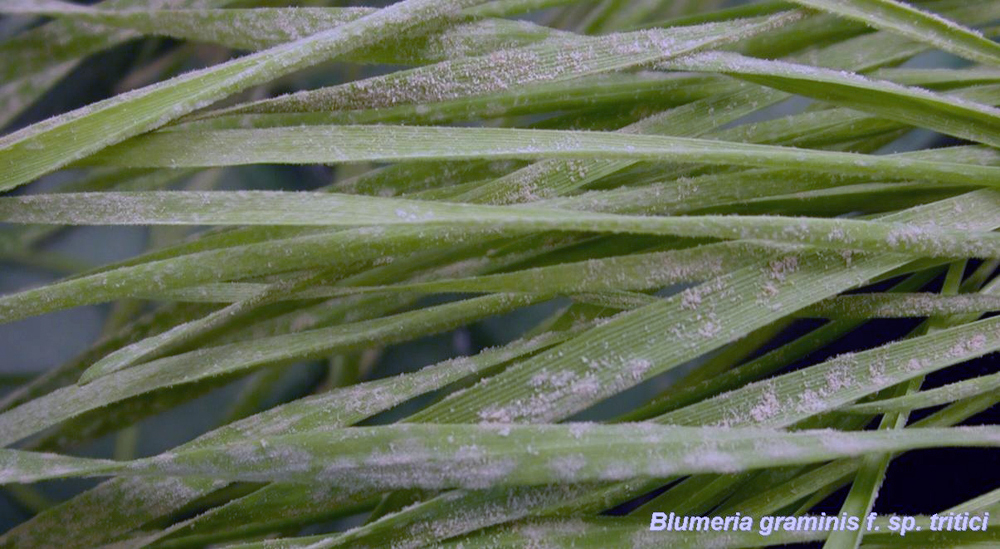Evolution in action: arms race in the field

Evolution means that populations adapt to changing circumstances over generations. This also applies to pests that encounter newly bred, resistant cereal varieties. Although we succeed again and again in this race: Nature keeps up and constantly confronts us with new challenges.

Since early times, man has bred cereal varieties with the aim of creating particularly high-yielding and at the same time resistant crops. Nature, for its part, responds to the human endeavor with the rapid evolution of new pathogens. One of the most feared pests in cereal cultivation is powdery mildew – a fungus that drastically reduces crop yields. Since its emergence over 10,000 years ago, powdery mildew has constantly evolved with the cereals, as each cereal variety can only be attacked by the corresponding special form of powdery mildew.
The cereal variety triticale was long considered to be resistant to powdery mildew, but here too, a new special form of the pest ultimately emerged that managed to circumvent the resistance of the miracle cereal. Triticale powdery mildew is a cross (hybridization) of those powdery mildew special forms that attacked the two ancestors of triticale. So, analogous to the crossbred triticale parents wheat and rye, their powdery mildew special forms have crossed as well. The artificial, man-made hybridization of the cereals was thus followed by a natural, accidental hybridization of the wheat and rye powdery mildews, making the offspring of these crosses compatible again as host and pest.
Such genetic mixing of related powdery mildew species probably occurred frequently along the wheat distribution routes: this is particularly evident in the many American wheat varieties brought to Japan over the past 120 years for crossbreeding with traditional East Asian wheat varieties. The American powdery mildew, which was also imported, hybridized with the local powdery mildew variety so that the resulting powdery mildew hybrids could successfully attack the newly bred wheat varieties.
At our booth, we will present research projects that investigate this race between man and nature. Stop by and hear the story of the “miracle” cereal triticale, learn more about powdery mildew in a short film, or try to match different cereal varieties with the corresponding pest in a quiz.

